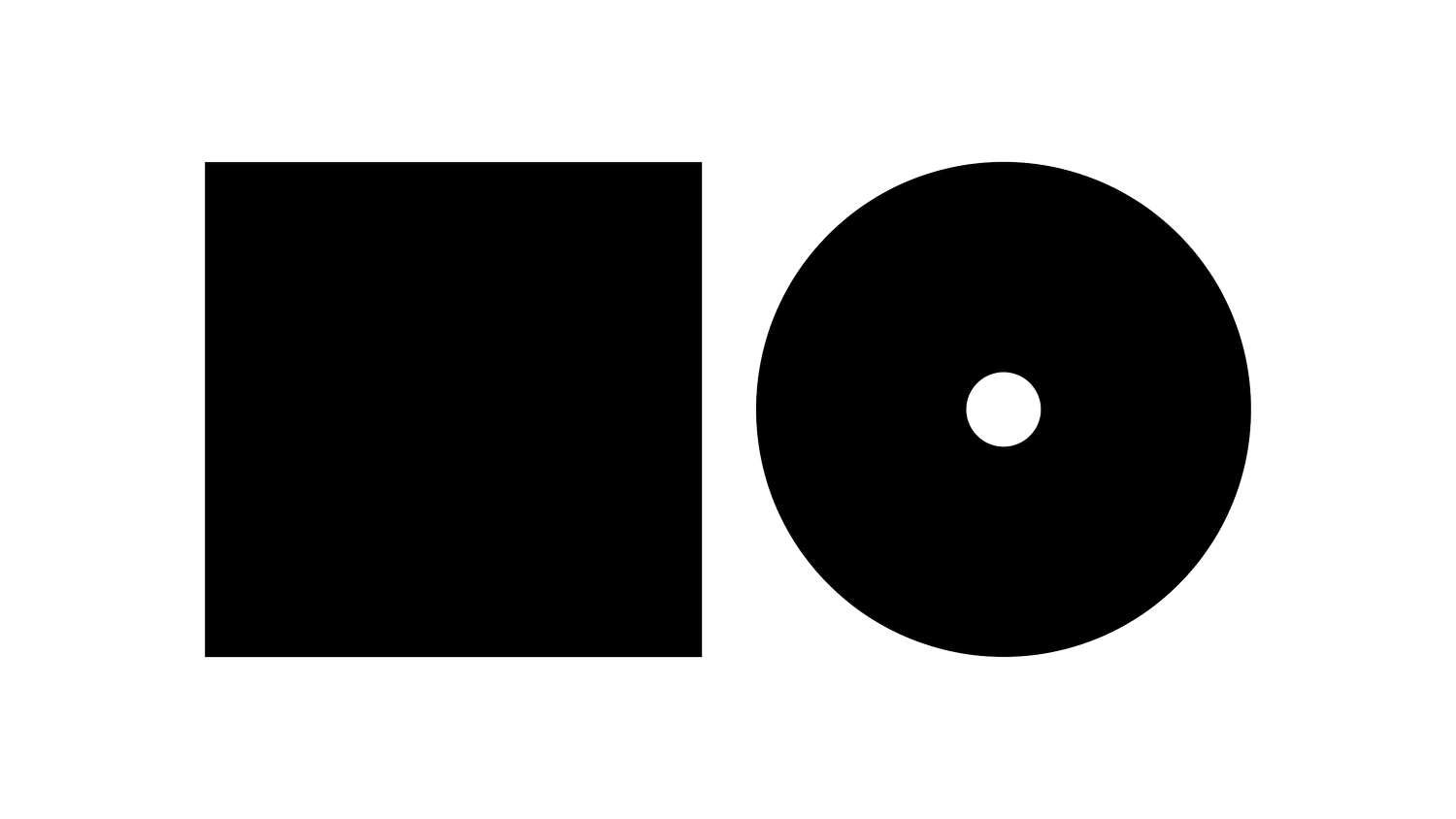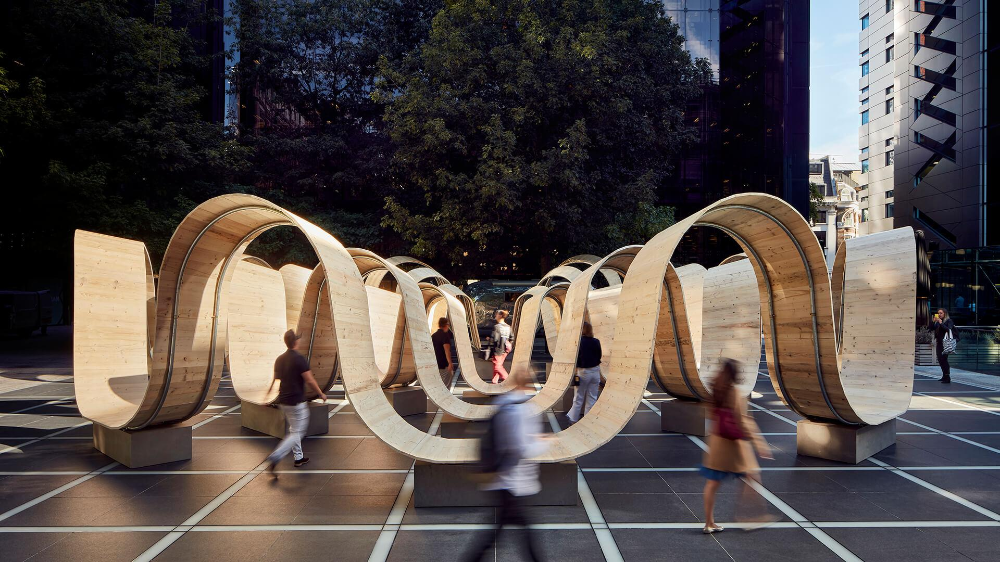P R O L E A R N
City Design encompasses the holistic approach to planning, designing, and managing urban spaces. It integrates various disciplines including urban planning, architecture, landscape architecture, and civil engineering to create functional, sustainable, and aesthetically pleasing urban environments.
Cost Efficiencies
Smart Growth: Mixed-use developments can reduce infrastructure costs by up to 38% compared to sprawling developments.
Energy Savings: Well-designed cities with efficient public transport can reduce energy consumption by up to 30%.
Health Cost Reduction: Cities designed for walkability and active transport can reduce healthcare costs by up to 5% due to improved public health.
Sustainability Benefits
Carbon Footprint Reduction: Compact city designs can reduce carbon emissions by up to 30% through reduced car dependency.
Green Infrastructure: Incorporating nature-based solutions can manage stormwater, improve air quality, and enhance biodiversity.
Resource Efficiency: Circular economy principles in city design can reduce waste by up to 50% and improve resource utilisation.
Innovative Applications
Digital Twins: Virtual replicas of cities enable real-time monitoring and predictive modelling for efficient urban management.
Biophilic Design: Integrating nature into urban spaces improves mental health and productivity while enhancing environmental quality.
Smart City Technologies: IoT sensors and AI can optimise traffic flow, energy use, and public services in real-time.
Challenges and Considerations
Social Equity: Ensuring that urban design benefits all residents equally and doesn't lead to gentrification.
Climate Resilience: Designing cities to withstand and adapt to increasing climate change impacts.
Heritage Preservation: Balancing modernisation with the preservation of cultural and historical urban fabric.
Future Outlook
As urbanisation continues globally, city design will play a crucial role in creating sustainable, resilient, and liveable urban environments. We can expect to see more integration of technology, nature-based solutions, and community-centric approaches in future city designs.
Call to Action:
Evaluate your current urban projects to identify opportunities for incorporating innovative city design principles. Consider pilot projects that leverage technologies like digital twins or biophilic design, and invest in developing the necessary skills within your team to create more sustainable and resilient urban environments.





